A Framework of Legitimacy and Violence, Colombian History Pt. 4

Justin Hauver
This is the fourth part of a series on Colombian history written to help me make sense of the country’s past. Education research (all research?) depends on an awareness of context, including historical context. Besides, I was curious and I like reading about history.
"The country, then, is a permanent framework of legitimacy and violence, and even though its institutions are facades, they provide resources and rules of the game to everyone..."
- Marco Palacios, *Between Legitimacy and Violence*
Independence from the Spanish Empire did not, unfortunately, wipe away centuries of oppression. Colonial hierarchies remained firmly entrenched in people’s minds and material conditions. As one French diplomat observed, 1840s Colombia was a “republic where every man calls ‘master’ any individual whiter or better dressed than himself” (Bushnell, 78).
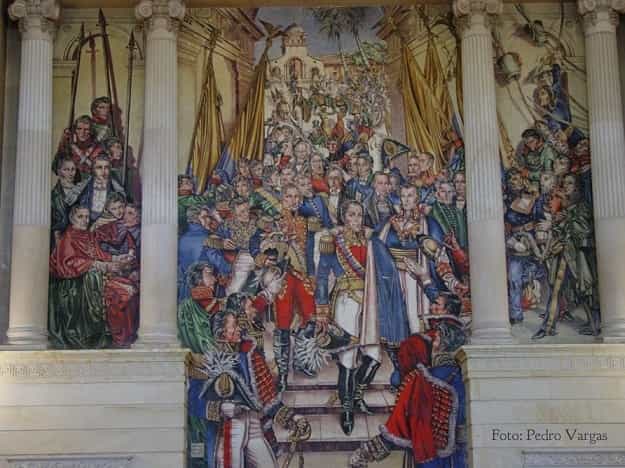
With the same class of wealthy, white landowners holding the reins of power, there was little improvement and much instability for most Colombians. Slavery persisted for decades after the revolution. Indigenous discrimination and displacement continued. The entire country descended into civil war eight times.
Amidst all of the tumult, rival groups of rich guys wrote and re-wrote constitutions, creating a series of unstable ‘republics of air’ that were grounded more in their interests than in democracy. Their unofficial slogan was, “El que escrute elige” – he who counts the vote, chooses the victor (Bushnell, 125). They formed opposing political machines to compete for control of the counting: the Liberal Party and the Conservative Party. This polarization generated and embodied conflict throughout the country while also providing a structure of recognizable authority.
The Liberal / Conservative Divide
Some argue that seeds of Colombia’s political parties were planted by two of its founders, Simón Bolívar and Francisco de Paula Santander. At the end of his life, the Liberator had argued for a strong, centralized government under a president elected for life. He had also grown cautious of pushing too quickly for change or relying too much on the will of the people, arguing that “a democratic system, far from rescuing us, can only bring us ruin” (Bushnell, 310). In contrast, Santander, the Man of Laws, favored building up democratic institutions and the legal code. He supported a number of economic, religious, and political reforms intended to expand individual liberties. Later generations would see Bolívar as a proto-Conservative and Santander as a proto-Liberal, though the exact lineages are complex and intertwined.
What is clear, however, is that there was actually very little difference between those who came to wield power in the Liberal and Conservative parties. Both groups of men (always men, at least officially) generally shared social, economic, and racial backgrounds. While there were undoubtedly well-intentioned, true believers in both groups, from our historical distance we can see them as two sides of the same coin that was used to bribe and manipulate the lower classes. Behind the fleeting series of constitutions, the Liberal/Conservative duopoly was busy re-asserting what Marco Palacios calls the “permanent framework of legitimacy and violence” that came to organize the country. By examining their dichotomies, we gain insight into this process and its consequences.
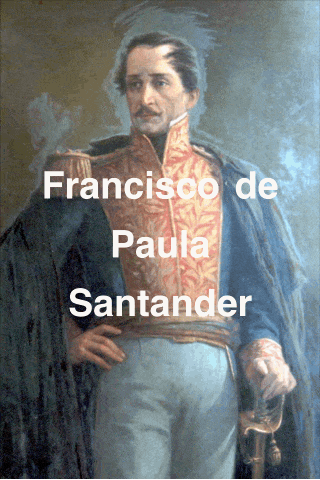
Liberty v. Fidelity
Notions of liberty were so foundational to the Liberal Party that they share the same Latin root. Yet the Liberal conceptualization of liberty was mostly a negative “freedom from” concerned with eliminating restrictions rather than a more positive “freedom to” interested in actively defending people’s rights. Liberty, in other words, meant freedom from nearly all regulation. At one point, a Liberal-led government even ended “degree requirements for the exercise of the professions, other than pharmacy: adopted in the name of ‘freedom of education'” (Bushnell, 107). At such an extreme, liberty was synonymous with vulnerability, at least for the average Colombian who lacked the power and protection of the wealthy.
On the other side, it will come as no surprise that the Conservative Party platform centered on fidelity to custom and convention. Reforms to political, economic, and religious institutions were met with skepticism and, at times, violence. In 1839, for instance, Conservative resistance to reducing the privileges of the Catholic Church led to the War of the Supremes, the first of eight Colombian civil wars started during that century. Such zealous faith in the old ways of being frustrated even modest changes to the status quo. As a result, many of the old, imperial power structures were conserved in spite (or perhaps because) of their oppressive histories and outcomes that benefited only a select few.
Federalism v. Centralization
Each time that the Liberals were able to draft a new constitution for Colombia, they weakened the national government, especially the power of the executive branch, and shifted more power to localities. They mandated, for example, that governors be elected by voters in their states rather than appointed by the president. This was theoretically consistent with Liberal beliefs in democracy and individual autonomy, but in practice federalism allowed resources to be channeled to regional party bosses who controlled their political machines using a combination of cronyism and brute force. Certain wealthy interests supported and exploited this system to the detriment of true democracy, just as slave owners in the US argued for states’ rights to protect their investments in oppressive systems.
On the flip side, Conservatives openly embraced undemocratic, centrally controlled hierarchies. They advocated for more presidential power, including the ability to appoint governors and even mayors. Such an approach was meant to safeguard traditional privileges against Liberal innovations and the will of the people. Consequently, though their exact beneficiaries differed, both Liberal federalism and Conservative centralization disproportionately advantaged the upper classes.
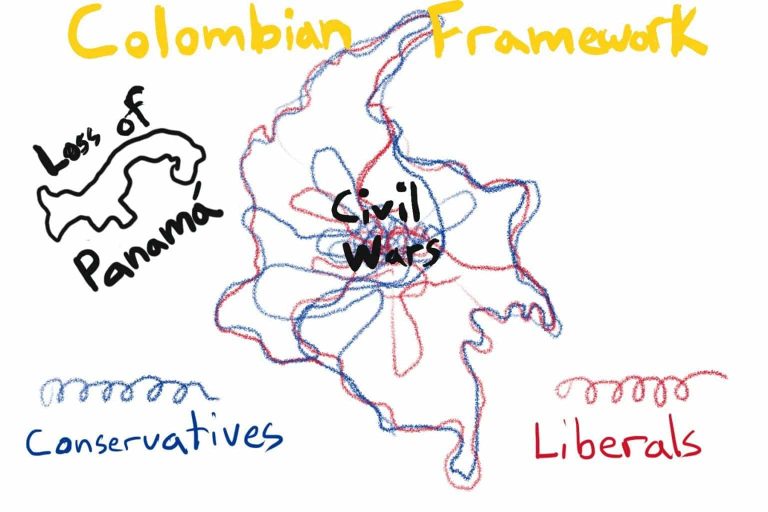
Church v. State
Disagreement about the role of the Catholic Church in society led to one of the most prominent Liberal/Conservative ideological divisions. As mentioned earlier, the Conservative Party was willing to go to war to defend the power and privileges of the Church. But the Liberal Party, far from being anti-religion, simply wanted to assert some separation between Church and State. Most notably, the Liberal Party repeatedly tried to remove religious doctrines from the state curriculum and expand public education. Conservatives successfully countered these reforms, along with most other attempts to curtail the Church’s power.
Economic Policies
The economic policies of both parties were pretty clearly tilted towards the wealthy. Liberals favored deregulation, low tariffs, and globalization. Conservatives were more interventionist, preferring higher tariffs and other protections for domestic businesses. Both sides were inclined to give rich landowners and merchants nearly free rein over the lives of the lower and middle classes. Therefore, there did not tend to be dramatic reversals in economic policy from administration to administration. Instead, there were some tweaks here and there to benefit competing segments of the upper class.
Other Policies
Other noteworthy policies tended to come from the Liberal Party, which wanted to restructure society, rather than from the Conservative Party, which wanted to maintain the status quo. It was thus a Liberal president who finally ushered in the end of slavery in 1852, decades after Bolívar’s promises but still many years before the 14th Amendment to the US Constitution. A year later, Liberals also wrote universal male suffrage into a new constitution – women’s right to vote would have to wait another century or so.
Not all of the changes were positive, however. Liberals also liquidated resguardos (protected indigenous territories) by transferring them from communal protection to individual ownership. This opened native communities up to the schemes and machinations of wealthier, whiter investors. Many ancestral lands were thereby stripped away from indigenous peoples in order to create grazing pastures, transforming their former native custodians into impoverished tenants.
The Constitution of 1886
Towards the end of the century, the design of the Colombian government finally began to settle into a more stable outline. Following a failed Radical Liberal revolt, Conservatives and moderate Liberals drafted a new constitution in 1886. The government was restructured and centralized. States were demoted to departments, with governors named by the president, whose term was increased to 6 years. Catholicism became the official religion and many Church privileges were restored, including its leading role in education.
Though clearly Conservative in nature, the Constitution of 1886 lasted, with some amendment, until 1991. Backlash to Liberal policies, especially reforms to the Church, forced them into a more moderate, weaker position. It was not until 1930 that Liberals were even able to win another presidential election. This constitutional longevity implies a new stability in the power structures defined by Liberal and Conservative competition. There was, however, one final violent challenge to the Conservative hegemony.
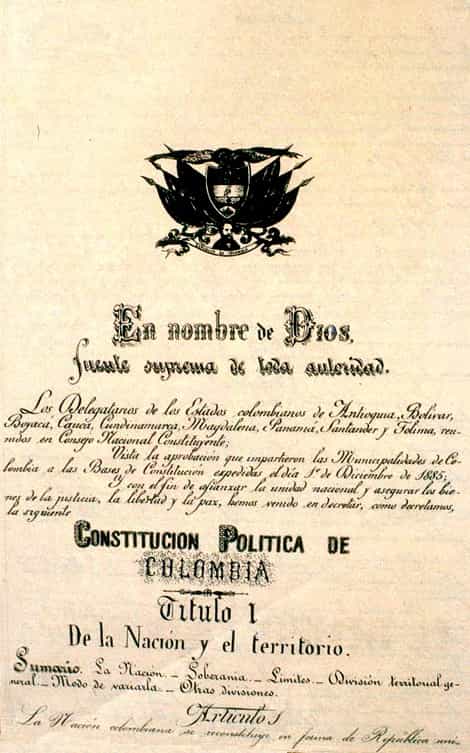
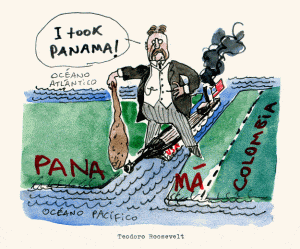
The War of a Thousand Days
In 1899, Liberals rose up in the last major civil war of the century. Early on, their forces were devastated, but they continued waging guerrilla warfare until 1902 when the last of the rebels finally surrendered. By then, 100,000 or 2.5% of Colombia’s population had died. The US took advantage of the conflict to engineer the independence of Panamá from Colombia, which allowed Theodore Roosevelt’s administration to secure unambiguously colonial terms for a canal treaty. Fallout from the Thousand Days’ War helped consolidate Conservative control of the country.
Conclusion
While the Conservative Party functioned pretty much according to the old extractive logic of the Spanish Empire, the Liberals were grounded in a slightly more modern version of exploitation. But both parties were, in essence, playing the same game with slightly different rules and objectives. Their dueling platforms, whatever their differences, tended to disproportionately benefit those in charge, often at the expense of marginalized groups. Together they violently carved out a framework of institutional facades that could “provide resources and rules of the game to everyone” with enough power to play.
Sources
The Making of Modern Colombia: A Nation in Spite of Itself by David Bushnell
Magdalena: River of Dreams by Wade Davis
Between Legitimacy and Violence by Marco Palacios
Various articles.
Note: All views expressed are my own, they do not represent the Fulbright or any other organization.